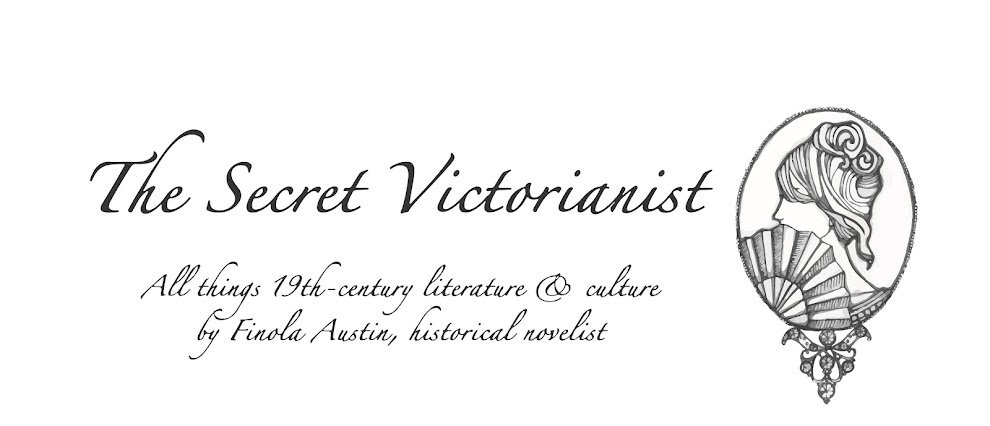The last nineteenth-century French novel I reviewed, Rachilde’s The Marquise de Sade (1887), introduced us to a heroine who plumbed the depths of sexual depravity. By contrast, Germaine de Staël’s Delphine, another French novel by a woman writer, from the opposite end of the century, takes great pains to depict the purity of its titular character.
Delphine d'Albémar, a widow, is young, beautiful, compassionate and unrelentingly “good” for ~500 pages, as de Staël uses her story to depict the inequalities women faced in the years of the French Revolution.
The man she loves, Léonce de Mondoville, is weaker and more volatile, unwilling to be satisfied by merely platonic affection, when fate (in the form of the scheming Sophie de Vernon) divides him from Delphine. Still, it is the woman in this unfortunate would-be coupling who bears the brunt of social shame and suffering throughout the story, which unfolds through a series of letters.
De Staël’s use of the epistolary form is a wonderful window into the social life of the French upper classes, even if certain letters, especially Delphine’s confessional/diary-like messages to her sister-in-law, strain our credulity. We’re introduced to a social scene in which reputation is more important than innocence. Women are ostracised for sexual misconduct, and men for cowardice. Modern readers may find themselves yelling “just move somewhere else and live together!” but our characters’ cages are in their own minds.
Sophie de Vernon is the most fascinating character. She’s manipulative without being cartoonish-ly evil, and adept at playing by this society’s rules to get ahead. But after her early exit (spoiler alert: she dies), the ill-starred lovers seem to be each other’s worst enemies. Meanwhile, Madame de Vernon’s daughter (and Léonce’s wife!), Mathilde, never really comes into her own to become the crucial missing piece of our love triangle.
Recently, I’ve been reviewing twenty-first-century novels set during the French Revolution (roundups here and here), so I was particularly keen to see how Germaine de Staël incorporated this historical backdrop. However, despite the novel being set between 1789 and 1792, the political context isn’t foregrounded. There are moments when historical events intersect with the plot (e.g. a character fleeing arrest, or the novel’s denouement, which plays out against a battlefield), but, anxious to avoid Napoleon’s displeasure, de Staël kept much of her commentary subtle.
The book is most political in that it shows how a woman could do everything “right” and still have her life become a tragedy. But, unfortunately, Delphine’s “goodness”—crucial for landing this message at the time the book was written—makes this a slightly eye roll-inducing read today.
What nineteenth-century novel (French or otherwise) would you like to see me review next? Let me know—here, on Facebook, on Instagram, or by tweeting @SVictorianist.
My own novel, Bronte’s Mistress, is available in hardcover, audiobook, and e-book now. For updates on my writing and reading, please sign up for my monthly email newsletter below.
Get updates on my novel - Bronte's Mistress





